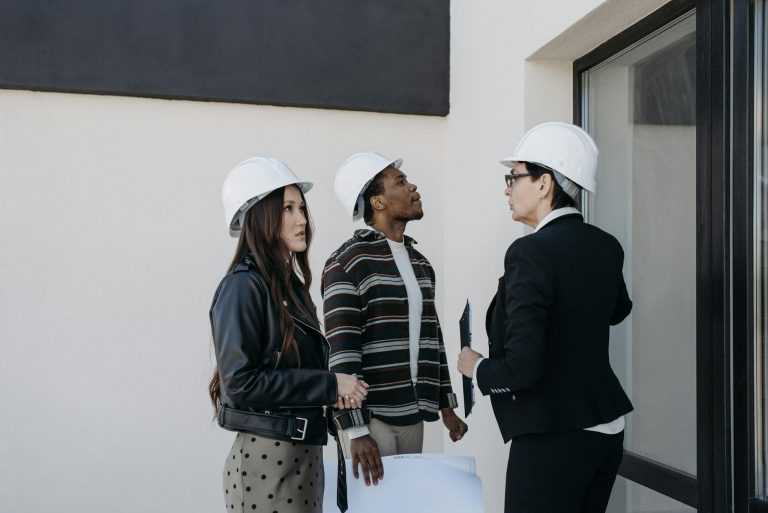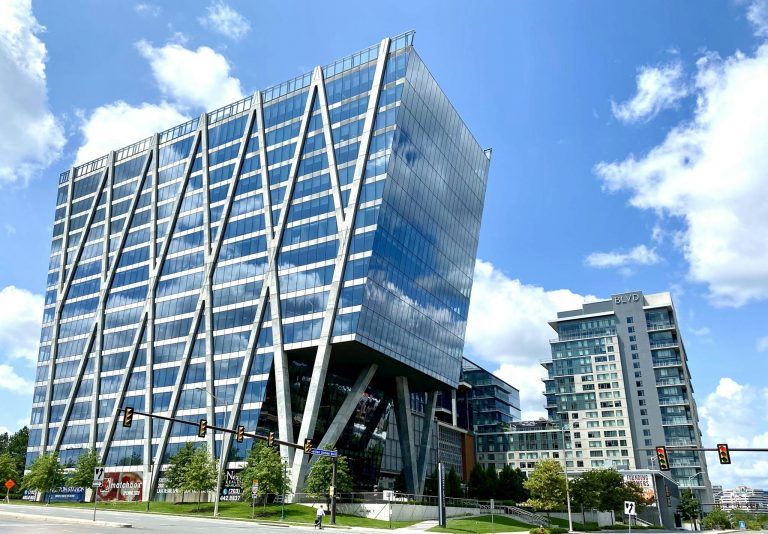What Every Investor Should Know Before Buying Industrial Real Estate
How to Avoid Costly Mistakes in Southern California’s Most Competitive Asset Class
Investing in industrial real estate can be both highly profitable and deceptively unforgiving, especially in dense, high demand markets like Greater Los Angeles. Industrial buildings may look simple compared to multifamily or retail assets, but there is risk in what you don’t see, and what you don’t know to ask.
This is a simple guide that outlines critical precautions every buyer of industrial real estate should take before buying an industrial building. We’ll cover everything from pricing discipline, due diligence, credit risks to environmental liability. Overlooking any of these elements can cost you far more than the price of good due diligence.
1. Know the Market And Then Know the Property.
Don’t let momentum override market fundamentals.
Industrial cap rates over the last several years have compressed dramatically in Southern California, and many investors are hungry for yield. The chase, while admirable, can place buyers in a deal that creates unknown hazards such as tenant credit risk or local zoning issues. Before you ever walk a site, you should:
- Understand prevailing rent rates by square footage, ceiling height, and loading configuration. Make an apples to apples comparison to reduce pricing risk.
- Know absorption and vacancy trends in the specific submarkets, Downey is not Vernon, and the City of Commerce doesn’t flow like Santa Fe Springs.
- Evaluate tenant demand by use type. A lastmile logistics operator pays different than a cold storage tenant, or metal fabrication shop, and they all often require different entitlements.
Tenant Credit Matters. A lease from an LLC tenant with no credit, on a 2-year term, and no security deposit is not equivalent to a 7-year lease from a regional distributor backed by a corporate, or personal guarantee. Always underwrite the cash flow and the covenants.
I once walked a buyer out of a deal in Santa Fe Springs. The tenant looked strong on paper, paying market +on anew 5 year lease. With a closer look I realized the tenant was a startup with no parent guarantee and a cancellation clause in year two. The rent stream was a mirage. My suspicions were revealed that the Seller quickly leased the building to cover their mortgage and leased it to the first tenant that came in with an offer..
2. Get Real About the Purchase Price
Don’t overpay for future upside that may never come.
We’ve all anticipated a pay increase, or a bonus (remember the days of employment) just to be disappointed it either didn’t come or it wasn’t what we anticipated. The same rings true with what is often referred to in investment circles as “upside” potential. It’s tempting to justify a high price based on “future lease up” or “below-market rents”. I’m pretty adamant that that type of upside, when a property is being marketed should only be earned by the party that engages and converts the upside. Otherwise, the cap rate should justify the rent received, not anticipated. In a rising interest rate environment, your acquisition price must be anchored in in-place economics, not hope-enomics.
- Base your offer on actual NOI, not pro forma projections.
- Adjust your price for deferred maintenance, lease rollover risk, and vacancy downtime.
- Use recent sales comparables adjusted for size, location, and building class. Again make an apples to apples comparison.
Remember, brokers often market buildings with aggressive projected rents. Your underwriting needs to test whether those rents are supportable, sustainable, and financeable. The best deal you might ever make is the one you walk away from.
3. Due Diligence. The Invisible Determines the Inevitable
Know exactly what you’re buying. Physically, legally, and environmentally.
Physical Improvements
Inspect every critical component of the structure:
- Roof age and type (TPO, BUR, etc.)
- Electrical service capacity (especially for manufacturing uses)
- Plumbing and sewer (you don’t want those surprises)
- Truck doors and loading configuration (grade vs. dock, is it true dock high)
- HVAC and mechanicals (many buildings have zero cooling and rely on tenant installs)
A failing roof can cost $12–20/SF to replace. Don’t assume the seller will disclose it. Bring an inspector who knows industrial systems, not just a residential generalist.
Zoning and Entitlements
Verify:
- Current use vs. permitted use (don’t assume the city will bless your buildings plan)
- Outdoor storage, fencing, signage, loading, and parking allowances
- Any conditional use permits (CUPs) that might affect your ability to lease to future tenants
In Vernon, I represented a buyer, a user in this case, who nearly acquired a warehouse with a very large open yard, only to find the previous CUP allowing yard storage had expired. The city was clear, no grandfathering. Good thing he walked because that extra acreage became dead weight to yield.
Environmental Risk
Always perform environmental assessments at minimum:
- Phase I ESA (Environmental Site Assessment)
- Phase II if there’s historical industrial use, red flags, or a nearby contamination site
Understand your exposure to:
- Dry cleaner legacy chemicals
- Heavy metals or solvents
- Nearby Brownfield designations
If you’re financing, your lender will require this anyway. But even if you’re paying cash you don’t want to skip it. Environmental liability in California attaches to the owner, not the polluter. Chasing the polluter is an entirely different subject where tomes could be written.
4. Legal and Insurance Considerations
Uninsured risks, and sloppy contracts can destroy returns.
- Verify insurance coverage. Ensure the seller and/or tenant maintain proper liability and property coverage. Verify there are no known claims or litigation.
- Review lease agreements carefully. Understand escalation clauses, renewal rights, subletting permissions, and assignment restrictions.
- Check title and easements. Look out for shared driveways, unrecorded easements, or old CC&Rs that limit uses.
Hire legal counsel who understands industrial real estate, not just general corporate law. The same applies to your insurance broker. The overall cost in miniscule compared the risks. I have seen so many buyers skip this step simply because they do not want to spend the money.
5. Common Mistakes to Avoid
1. Do not rely on the seller provided rent rolls or expense reports.
Accept, but always verify rent rolls. Review all leases, and third-party statements.
2. Do not ignore rollover risk in multitenant property.
Will 50% of your NOI evaporate in 24 months? Budget for downtime, leasing commissions, and tenant improvements.
3. Do not underestimate the cost of improvements.
Warehouses are often delivered “as-is.” A new tenant may demand significant upgrades. You need to be prepared for these asks when vacancies arise.
4. Do not assume all industrial tenants are alike.
There’s a world of difference between a cannabis operation and a food distributor, especially when it comes to use approvals, insurance risk, and buildout.
Final Thoughts.
Industrial looks simple. It’s not. Inexperienced investors often believe industrial real estate is a lower risk investment because the buildings appear to be simple boxes, and may require less management. That’s a mistake, on both fronts. These properties are operationally lean but can be full of hidden hazards. Everything from environmental liability to credit dubious tenants to inflexible municipal zoning.
Do the work. Walk the roof, or have someone do it for you. Read the lease, in full. Pull the permits, actually go to the city. Validate the rent, an estoppel is a minimum, a two year P&L is worth its weight in gold too. And assume that what isn’t disclosed could be the thing that breaks your return model (ask me how I know).
Calling my own shot…
If you’re evaluating an industrial deal anywhere in Southern California, and want a second set of eyes, reach out. Its a conversation, nothing more.
I’ve advised clients on billions of dollars in real estate transactions, including the sale of the largest freestanding industrial building in North America (both parties). I’ve walked clients away from ticking time bombs and helped them into stabilized, risk adjusted, cash flowing assets.
I guess what I’m saying is, you don’t need to guess.
You need a plan, and someone qualified to ensure your family benefits from that plan for a very long time.
Let’s talk.



